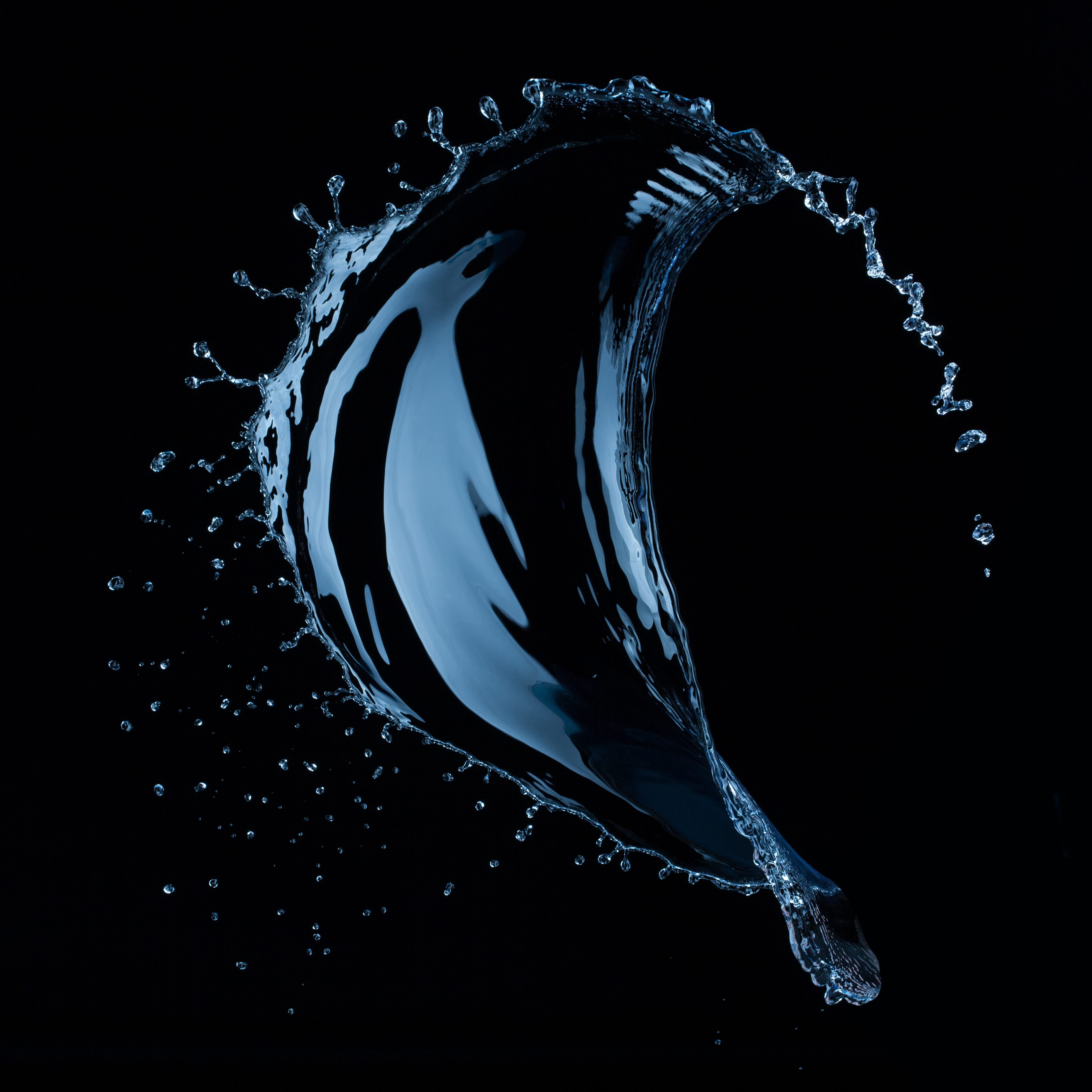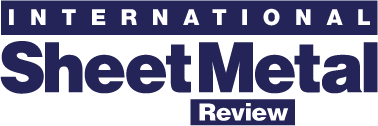
A flexible flow
Submitted by:
Sara Waddington
We highlight a selection of the latest new waterjet cutting systems, technologies and processes for sheet-metal manufacturers.
===
Waterjet cutting is a versatile and efficient method of cutting a wide variety of materials, from tinfoil to titanium, using a high-pressure stream of water mixed with and without abrasive particles. Cutting systems use pure water or a mixture of water and abrasive material as a cutting media to cut up to 10-inch-thick steel plates. Abrasive waterjet is an ideal tool for the expanding industries who benefit from near net-shape production. Waterjet cutting offers many advantages over other cutting methods such as:
• No heat-affected zone or thermal distortion.
• Minimal material waste and environmental impact.
• The ability to cut complex shapes and intricate details.
• Compatibility with multiple materials and thicknesses.
Waterjet cutting systems are used in numerous industries including aerospace (precision cutting of aerospace-grade materials for aircraft components and parts); automotive (cutting of automotive parts, panels and prototypes); manufacturing (high-volume production of metal parts) and electronics (precision cutting of electronic components and circuit boards). Systems can be configured with multiple heads, while the introduction of five-axis cutting heads means that waterjets are now able to produce continuous bevels, revolve around the workpiece and cut at angles from 0-90 degrees.
“The cold cutting process eliminates the risk of melting, tearing, hardening or deformation of the material being cut. The technology provides precision on contoured shapes; a smooth edge with no bevel as well as no heat-affected zone and no dross. It creates finished parts that require no secondary clean-up or machining. The absence of heat and dust creates an environmentally friendly working environment with minimal material waste, low water consumption and flexibility. The process generates no noxious fumes during the cutting process and requires no cooling or lubricating oils,” commented analyst, Technnavio.
Robotic waterjet cells; 3D cutting; nano jet cutting and micro waterjet cutting are examples of new advances that will help to expand the market for waterjet cutting. Below is a selection of the latest new and innovative waterjet technologies and products for sheet metal manufacturers, in alphabetical order.
Innovation in focus
AAG (AXYZ Automation Group) offers abrasive waterjet cutting systems that include the X-Series waterjet with the APEX 60 five-axis cutting head and the A-Series small-format waterjet. Its water-only series systems are the H-series, L-series and J-series. The company’s 105,000-square foot facility in Waterdown, ON, Canada, now houses its three brands (AXYZ, WARDJET and CNCSHOP) under one roof.
Key attributes of the Apex-60 include the ability to cut at angles of up to 60 degrees using a cutting force of 39N and at a maximum speed of 50.8 metres/minute, along with a Z-travel capability of 304.8mm. It has now added the M-Series of large-format waterjet cutting machines to its WARDJET range of waterjet cutting systems.
The WARDJET A-Series waterjet cutter is a versatile and compact machine that can cut through most materials, from titanium to concrete. It does this in a small, enclosed footprint, making it suitable for businesses with limited floor space. Despite its small size, it is very powerful. It offers a standard 60k psi pump, cutting of materials of up to 178mm in thickness. It can be used to cut intricate designs, create custom parts or create prototypes.
Canadian manufacturer ACCURL’s five-axis MAX BP-C Series waterjet cutting system features a MAX 3D five-axis Bevel Cutting Head 2.0, new Hypertherm Echion 50 waterjet pumps and an anti-collision system). Collision Protection 2.0). It is controlled by an ESA S660 series CNC control unit. The MAX 3D cutter head has five axes (three linear and two rotating). It has been designed for both pure 3D cut and 2D 1/2 cut (flat cut with bevel), without losing 2D (flat) cut functionality.
ALLFI produces high-pressure components for water jet cutting as well as high-pressure pumps and robotic waterjet cells (in partnership with IDASA). The Quantum SPT™ Quantum NXT™ (electric servo pump) incorporates the core “direct servo” technology first used by NASA for the Space Shuttle programme by replacing obsolete hydraulic cylinders with new, compact, efficient and controllable servo linear actuators. Its DynaMAX and DaraMax are predictive waterjet pumps.
BFT GmbH offers energy-saving, high-pressure pumps and components for waterjet cutting applications. It has showcased two high-pressure pumps in its ECOTRON range – the 40.37+ and the 40.45+. It also includes a Servotron and Jetron range of high-pressure pumps. It now supplies to the U.S. market with an office in Merrillville, Indiana.
Luxembourg manufacturer CERATIZIT (part of the Plansee Group) has three distinct HyproJET product lines; the focusing tubes are designed for all modern waterjet cutting head systems and support automatic centring during mounting. In addition to its line of abrasive jet focusing tubes, it produces wear products out of variable carbide configurations (such as plungers for high pressure pumps; splash discs; catcher cups; inlet guides; wear plates; restrictor shields and inlet tubes).
CMS Metal Technology offers a wide range of complete three- and five-axis waterjet cutting systems, pressure intensifiers and dry or wet deburring and satin finishing machines. Since the 90’s, thanks to the acquisition of Tecnocut and continuous internal developments, it now boasts more than 1,500 installations worldwide. It launched its CMS Tecnocut Proline in 2021, a compact, sturdy single-block design waterjet cutting system that also features a pipe-cutting option.
Its digital solutions include CMS Connect, an IoT platform that is integrated with the latest-generation CMS machines, and CMS Active, its new operator HMI interface, as well as the Eye CMS console. In 2019, it launched JD5, a five-axis cutting head with infinite rotation (continuous rotation of the C-axis during consecutive cuts), designed to reduce the tolerance error of "mirror"-cut parts to zero. To ensure that the cutting process is repeatable, CMS offers a TCP (Tool Centre Position) and focal distance laser measurement device on the five-axis head.
“Our Tecnocut jetpower evo pressure intensifier offers 39% fewer maintenance costs compared to opposing-cylinder and direct-drive models because the high-pressure components are subjected to fewer fatigue cycles,” it explained.
With its ConSus abrasive mixing unit, waterjet cutting specialist ConSus ANT enables the stationary use of Water Abrasive Suspension (WAS) systems in the processing industry. A continuous suspension jet, it says, provides a ‘more efficient cutting performance at lower pressure compared to conventional Water Abrasive Injection (WAIS) systems.’ For customisable performance comparison of both methods, a free web app is offered. ConSus operates at a maximum pressure of 1500 bar and can be integrated into any existing waterjet cutting system, as ‘only the pump and control system need to be adapted’.
To read the rest of this article in the May 2024 issue of ISMR, see https://joom.ag/Q1kd/p50
